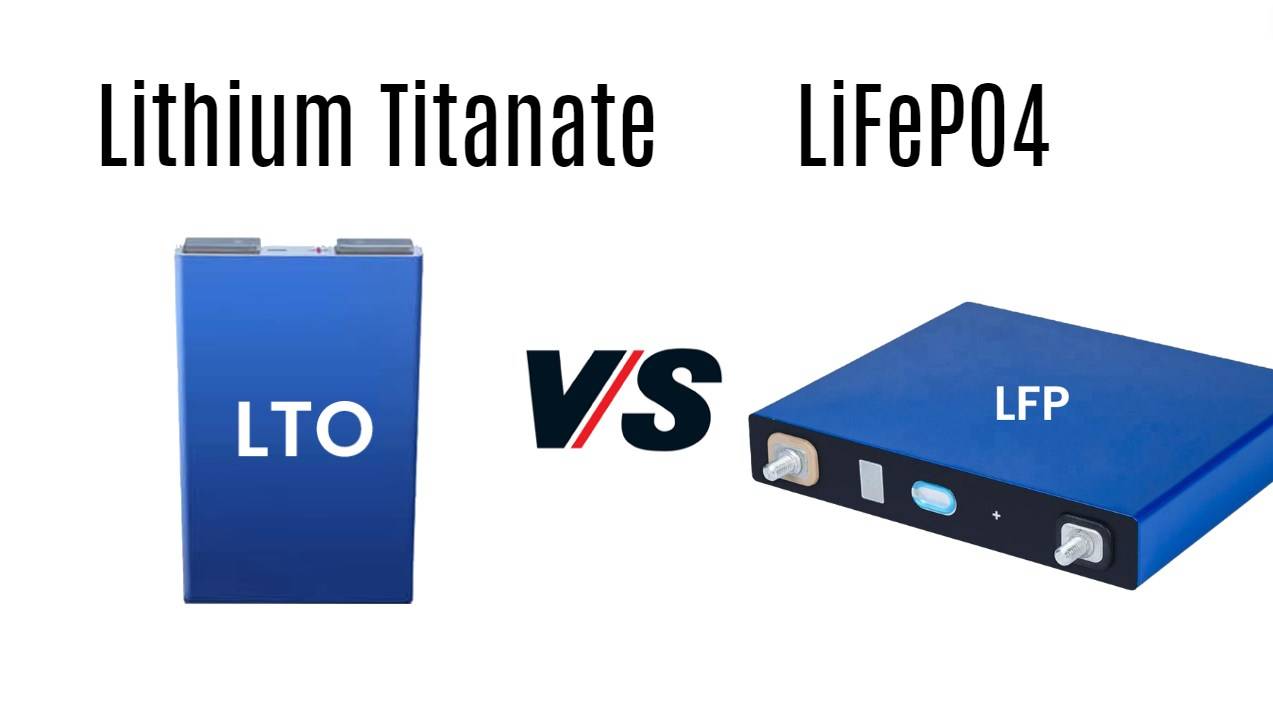Lithium Titanate Oxide (LTO) batteries have gained attention for their unique properties, including rapid charging capabilities and long cycle life. However, like any technology, they come with their own set of disadvantages. In this article, we will explore the limitations of LTO batteries, helping you make informed decisions regarding their use in various applications.
LTO batteries have some disadvantages, such as lower energy density, meaning they store less energy than other lithium-ion types. They can also be more expensive to make and have a lower nominal voltage, which may require additional cells for higher voltage needs.
Understanding LTO Batteries
LTO batteries utilize lithium titanate as the anode material, which offers several advantages over traditional lithium-ion batteries. They are known for their high safety, wide temperature range, and excellent cycle stability. However, these benefits come at a cost, which we will discuss in detail.
Key Disadvantages of LTO Batteries
1. Higher Cost
One of the most significant drawbacks of LTO batteries is their higher manufacturing cost compared to conventional lithium-ion batteries. The materials used in LTO batteries, particularly lithium titanate, are more expensive, leading to a higher price point for consumers and manufacturers alike. This can limit their adoption in cost-sensitive applications.
2. Lower Energy Density
LTO batteries typically have a lower energy density than traditional lithium-ion batteries. While energy density refers to the amount of energy stored per unit mass or volume, LTO batteries often fall short in this regard. This means that for applications requiring compact size and lightweight design—such as electric vehicles or portable electronics—LTO batteries may not be the best choice.
3. Limited Commercial Availability
While LTO technology has been around for some time, it is still not as widely available as other battery technologies. This limited commercial availability can pose challenges for manufacturers looking to integrate LTO batteries into their products. The lack of established supply chains can also lead to longer lead times and increased costs.
4. Performance at Low Temperatures
Although LTO batteries perform well in a wide temperature range, they can still experience reduced performance at extremely low temperatures. While they are more resilient than many lithium-ion counterparts, users may find that charging and discharging rates decline significantly when temperatures drop below freezing.
5. Heavy Weight
LTO batteries tend to be heavier than other lithium-based battery technologies due to the materials used in their construction. This added weight can be a disadvantage in applications where weight is a critical factor, such as in aerospace or portable devices.
6. Limited Voltage Range
The voltage range of LTO batteries is relatively narrow compared to other lithium-ion technologies. This limitation can restrict their use in certain applications where higher voltages are required for optimal performance.
Comparative Analysis: LTO vs. Other Battery Technologies
To better understand the disadvantages of LTO batteries, it is helpful to compare them with other popular battery technologies:
| Feature | LTO Batteries | Lithium-Ion Batteries | Lead-Acid Batteries |
|---|---|---|---|
| Energy Density | Low (70-90 Wh/kg) | High (150-250 Wh/kg) | Moderate (30-50 Wh/kg) |
| Cycle Life | Very High (up to 20,000 cycles) | Moderate (500-2,000 cycles) | Low (300-500 cycles) |
| Cost | High | Moderate | Low |
| Charging Speed | Very Fast | Moderate | Slow |
| Temperature Range | Wide | Moderate | Limited |
Applications Impacted by Disadvantages
1. Electric Vehicles (EVs)
While LTO batteries offer rapid charging capabilities suitable for electric vehicles, their lower energy density and higher cost can limit their effectiveness in this competitive market. Manufacturers often prefer lithium-ion technology for its balance between energy density and cost.
2. Portable Electronics
In consumer electronics where size and weight are paramount, the heavier weight and lower energy density of LTO batteries make them less desirable compared to lighter lithium-ion options.
3. Renewable Energy Storage
Although LTO batteries excel in cycle life and safety for stationary energy storage applications, their higher costs may deter widespread adoption in residential solar systems or grid storage solutions where budget constraints are significant.
Latest Developments in LTO Battery Technology
Recent advancements aim to address some of the disadvantages associated with LTO batteries:
- Researchers are working on improving the energy density of LTO through innovative material compositions.
- New manufacturing techniques could help reduce costs and improve scalability.
- Ongoing studies focus on enhancing performance at low temperatures to widen application potential.
FAQs About LTO Batteries
Q1: Are LTO batteries safe?
A1: Yes, LTO batteries are considered very safe due to their stable chemistry and resistance to thermal runaway.
Q2: Can I use LTO batteries in electric vehicles?
A2: While possible, the higher cost and lower energy density make them less common than traditional lithium-ion batteries in EVs.
Q3: How do I maintain an LTO battery?
A3: Regular monitoring of charge levels and temperature management can help maximize the lifespan of your LTO battery.
Conclusion
In summary, while Lithium Titanate Oxide (LTO) batteries offer unique advantages such as rapid charging and long cycle life, they also come with notable disadvantages including higher costs, lower energy density, and limited commercial availability. Understanding these limitations is essential for making informed decisions about battery technology in various applications. As advancements continue to evolve in this field, it will be interesting to see how these challenges are addressed and what new opportunities arise for LTO battery usage.



